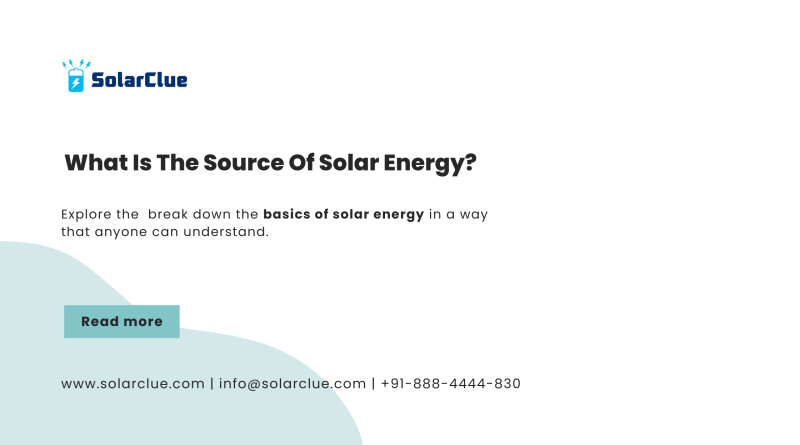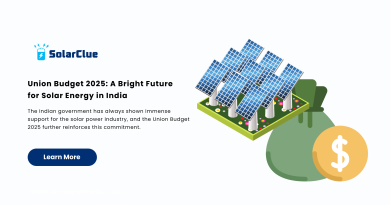What is the source of solar energy?
Solar energy is one of the most talked-about topics today, especially with the growing awareness of environmental issues and the need for sustainable energy sources. But what exactly is solar energy, and where does it come from? In this blog, we’ll break down the basics of solar energy in a way that anyone can understand.
Table of Contents
What Is Solar Energy?
Solar energy is the energy we get from the Sun. It is a renewable energy source, meaning it won’t run out, and it’s clean, meaning it doesn’t pollute the environment. The Sun emits energy in the form of light and heat, which can be harnessed and converted into electricity to power our homes, businesses, and even vehicles.
How Is Solar Energy Produced?
The Sun is a massive ball of gases, primarily hydrogen and helium, undergoing a process called nuclear fusion. During this process, hydrogen atoms combine to form helium, releasing a tremendous amount of energy. This energy travels through space and reaches Earth in the form of sunlight.
Here’s a simple breakdown of the process:
1. Nuclear Fusion in the Sun:
Deep inside the Sun, hydrogen atoms combine to form helium. This process releases a huge amount of energy, which we experience as light and heat.
2. Energy Reaches Earth:
The energy produced by the Sun travels 93 million miles through space and reaches Earth as sunlight.
3. Solar Panels Capture Sunlight:
Solar panels, made up of many smaller units called solar cells, capture this sunlight. Solar cells are typically made of silicon, a material that converts sunlight into electricity through the photovoltaic (PV) effect.
4. Conversion to Electricity:
When sunlight hits a solar cell, it knocks electrons loose from the atoms in the silicon. These electrons flow through the material, generating electricity.
5. Powering Our Homes:
The electricity generated by the solar panels can be used immediately to power appliances, lights, and other devices in our homes or stored in batteries for later use.
Why Is Solar Energy Important?
Solar energy is crucial for several reasons:
Renewable: Unlike fossil fuels (like coal and oil), which can run out, solar energy will be available as long as the Sun exists.
Clean: Solar energy does not produce harmful emissions or pollution, making it environmentally friendly.
Cost-Effective: After the initial setup costs of solar panels, the energy they produce is free. This can lead to significant savings on electricity bills over time.
Energy Independence: By using solar energy, we reduce our reliance on imported fuels and help create a more sustainable future.
Understanding the Basic Components of a Solar Energy System
Here’s a simple table to help you understand the main components involved in converting solar energy into electricity:
| Component | Function |
|---|---|
| Solar Panels | Capture sunlight and convert it into electricity using the photovoltaic effect. |
| Inverter | Converts the direct current (DC) electricity produced by solar panels into alternating current (AC), which is the type of electricity used in homes. |
| Battery (optional) | Stores excess electricity generated by solar panels for use during times when the Sun isn’t shining (e.g., at night or on cloudy days). |
| Charge Controller | Regulates the voltage and current coming from the solar panels to prevent batteries from overcharging (if a battery system is used). |
| Electrical Panel | Distributes the electricity from the inverter to various circuits in the home, powering appliances, lights, and other devices. |
Conclusion
The source of solar energy is our very own Sun, a powerful and consistent provider of light and heat. By understanding how solar energy is produced and harnessed, we can appreciate its value as a clean, renewable, and sustainable energy source. Whether you’re thinking about installing solar panels or just curious about how they work, this simple guide gives you a solid foundation.
Solar energy is not just for scientists and engineers—it’s for everyone. With the right knowledge, anyone can take part in the solar revolution and contribute to a greener, more sustainable future.




